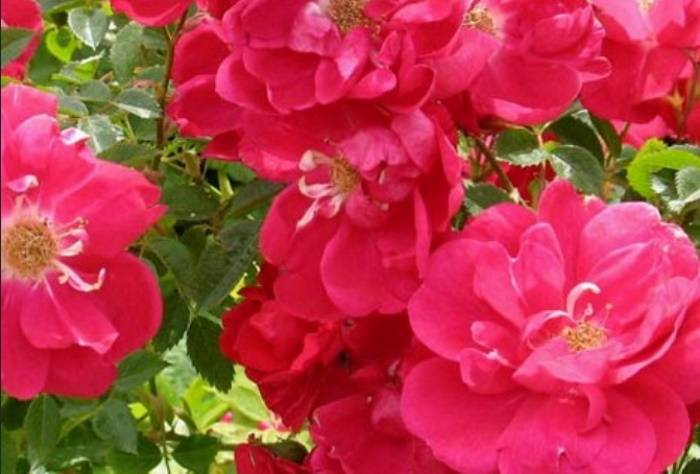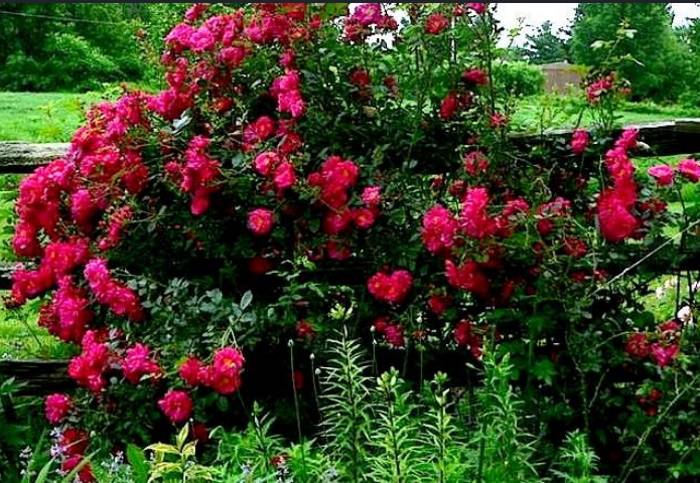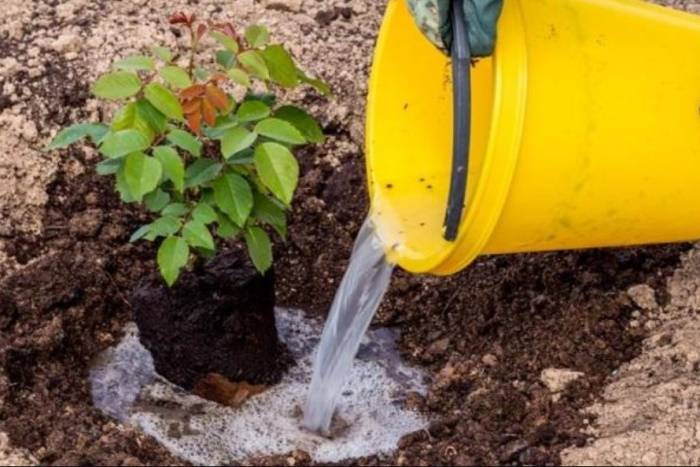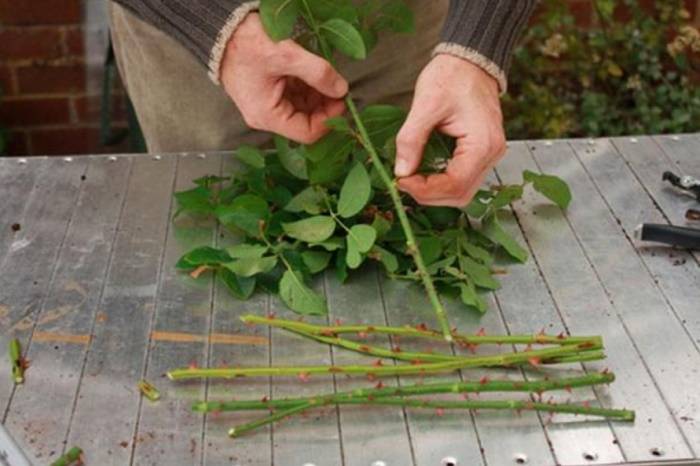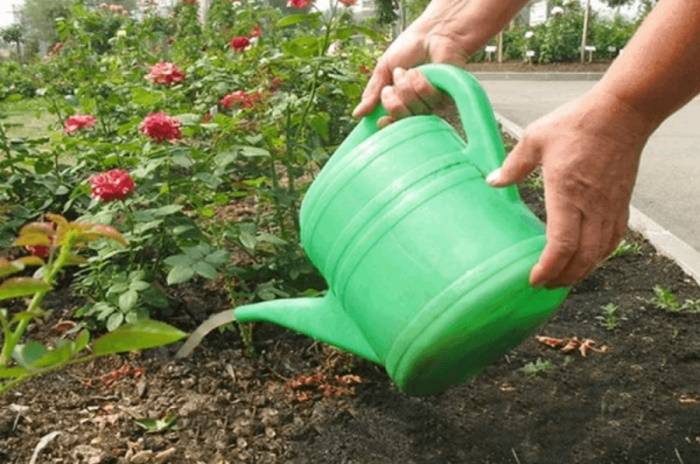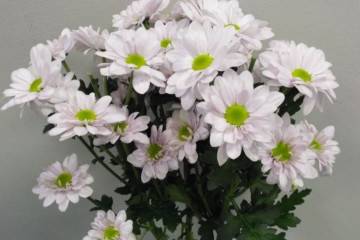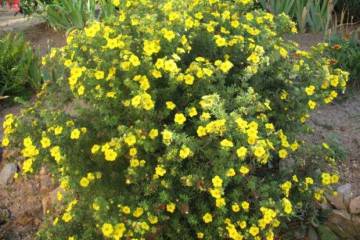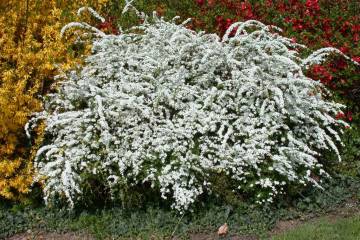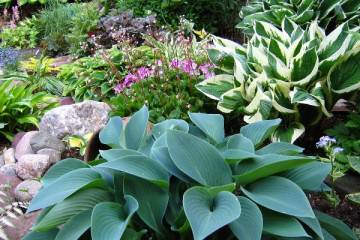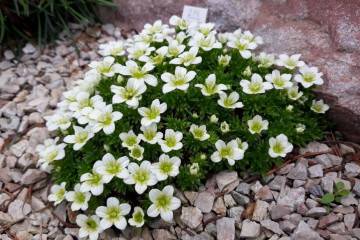Rose Henry Kelsey - planting and care of the crop
Content:
Probably, there is no person in the world who would not be admired by the beauty of roses, their bright fragrant flowers, splendor of flowering, delicate aroma. Roses were planted in their gardens and parks by the pharaohs, their description can be found among the ancient Greeks. Since then, the plant has undergone many changes, but its popularity has not fallen to this day. There are many different varieties, types and subspecies of roses. All of them are divided into 2 groups: old (bred before 1867) and modern, the history of which dates back to 1867.
Rose Henry Kelsey - what kind of variety, history of creation
Rose Henry Kelsey is an artificially bred hybrid of Canadian breeders with good winter hardiness and bright semi-double flowers. It appeared in 1886 thanks to William Sanders, who got it by accidentally crossing the most frost-resistant specimens.
Isabella Preston continued his work on the hybridization of roses. She managed to breed more than 20 types of frost-resistant varieties, which were based on the wild roses of local fields and prairies. The hybrids have acquired resistance to severe winters, the ability to preserve life under the cover of snow.
Their cultivation was started on an industrial basis.
The Henry Kelsey Rose is the first park rose capable of withstanding temperatures down to -25 ⁰C. It is named after the traveler Henry Kelsey, who was the first to venture out on a long journey across Canada as a trade representative. The British government praised his work in collecting information about the flora and fauna of this state in North America. The data of his research were classified until the beginning of the 20th century.
Henry Kelsey's Canadian climbing rose is ideal for areas with low winter temperatures. But she still needs a mandatory shelter, since she is not one of the most frost-resistant varieties. It can hibernate under a layer of snow, but if it is still cut and insulated before the cold weather, it will give many new shoots and fuller flowering.
Henry Kelsey differs from other varieties:
- tall up to 4 meters in height;
- bright red flowers, the average size of which is 6-7 cm;
- very generous first flowering;
- weaker flowering all summer until frost.
Beautiful bright flowers are very popular in landscape design. Gardeners have appreciated this living weaving hedge, which:
- does not need pruning;
- not demanding on bright lighting (it can grow in partial shade);
- easy to reproduce;
- has a beautiful leaf shape that covers the stem from top to bottom.
If the lashes are not tied up, a well-developed, spreading, low bush grows, which will draw attention to itself in the composition of group plantings. A hedge of flowers will decorate any corner of the estate.
The pluses of the flower include:
- color intensity;
- propagation by cuttings;
- disease resistance;
- incessant flowering throughout the warm period of time;
- the ability to leave whips on the arch in areas with an average climate.
The downside is the tendency to black spot diseases.
Growing a flower: how to plant it in open ground
You can propagate a Canadian rose by cuttings, dividing a bush, by pinning a branch to the ground or seedlings. When propagating by seedlings, you need to pay attention to the following points:
- the root of the seedling should not be dry;
- the root must have several shoots;
- there should be green leaves on the shoots.
Saplings are best purchased in nurseries. Any place for landing is chosen, except for the southern side with direct sunlight. On the sunny side of the site, the plant can lose its roots due to snow, which either melts in the spring sun, then freezes again.
Planting a seedling in open ground:
- The hole for the plant should have a circumference of about 70 centimeters and the same depth.
- The bottom of the hole is covered with organic matter (rotted manure, peat, wood ash).
- The length of the shoots is shortened to 20 centimeters, the long roots are cut off.
- The hole with the seedling is covered with earth, rammed and watered.
- So that the seedlings do not dry out, the ground is mulched with cut grass or straw.
When propagating by lateral layers, the lateral branch is bent to the ground, pinned with a wooden spear or wire, added dropwise and watered. Such a pinned twig will eventually give young healthy roots. A twig with roots is cut with a pruner from the main stem and transplanted to a new place in the spring.
Reproduction by dividing the bush is carried out in the spring before the start of sap flow. The bush is dug up, divided into several parts, each of which is planted in a new place.
Cuttings for propagation are cut in the fall, wrapped in foil and stored in the basement until spring. In the spring, the cuttings are kept in water until roots are formed, then transplanted into the soil.
Plant care
Rose Henry Kelsey is not demanding in care. It is enough to water it in time, weed it from weeds, tie it up or cut it for the correct formation of the bush. Most of the watering should be in the spring. In the summer, watering is carried out as the soil dries up, avoiding waterlogging.
Fertilizing with mineral fertilizers is carried out in the spring. In autumn, the ground under the bush is loosened and fertilized with humus. It is better to cut the shrub in the spring, in the summer they remove the shoots and cut out the shoots on which there are no flowers.
Pre-winter pruning should be done after the end of flowering, when the flow of juice along the stems slows down. Shoots of three years of age and twigs growing inside the bush are also subject to pruning. Sections are processed with potassium permanganate or a special garden mixture.
In areas where temperatures drop below -25 ⁰C in winter, roses require shelter. The bushes are cut and covered with earth, long lashes are removed from the trellises or frame, laid on the ground, covered with grass or branches. In the spring, the cover is removed, the plant is again tied up on the arch.
Blooming rose
The Canadian rose blooms in semi-double bright red or crimson bunches of flowers. The brightness of the colors is emphasized by the yellow stamens. Dark green glossy leaves complement this bloom ensemble.
The first very intense flowering begins at the beginning of summer; it is no longer so intense until the first frost. During flowering, the plant is watered as the soil dries. After the end of the flowering period, watering stops.
There are times when a rose refuses to bloom. There may be several reasons:
- poor planting material;
- wrong landing site;
- incorrect pruning;
- improper care;
- damage by bacteria.
If everything is done correctly, and flowering does not occur, all excess shoots should be removed, pruned, fed with potassium and organic fertilizers.
Diseases, pests and ways to control them
Rose Henry Kelsey has a strong immunity to disease. The only disease that affects her is black spot. To prevent the possibility of disease, the shrub must be sprayed with a preparation containing copper during the growth period.
Subject to the simple rules for caring for flowers, your beloved rose will delight its owner with lush color and delicate aroma all summer long.
